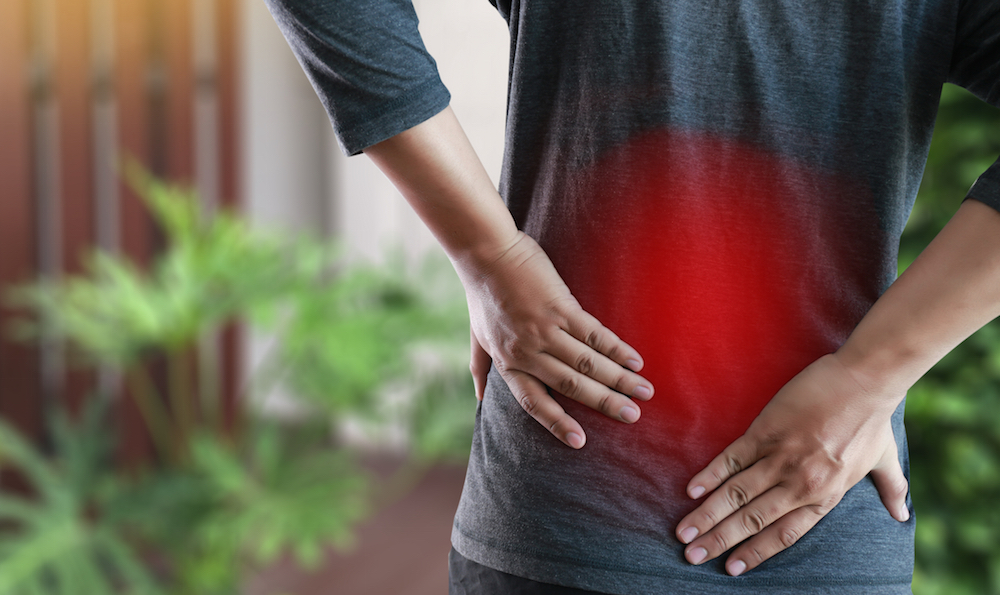
Chronic lower back pain is an issue of great scale in the United States. While often treated with opioids, researchers are working to create a safer option for patients.
According to Medical Xpress, three researchers from the University of Virginia are working to create drug delivery patches to treat post-surgery lower back pain and chronic back pain. The patches would be worn on the skin and would dispense non-addictive pain medication right to the origin of the pain.
The researchers are wading into an important area of study, as lower back pain is a prominent issue in the United States and worldwide.
According to UPI, new research indicates that lower back pain—a “leading cause of disability globally”—is being treated incorrectly when opioids are prescribed. Instead, the site states, lower back pain should be treated with exercise and physical therapy. The article also states that in the United States, more than 60% of individuals with lower back pain are given opioids.
Additionally, WebMD states that when it comes to lower back pain, prescription opioids are no more effective than medications such as Tylenol or Motrin.
Dr. Joshua Li, a spine surgeon and one of the pain patch researchers, says he works to reduce pain in his patients without opening them up to the risk of dependency.
“We want to relieve pain for patients while also reducing the use of potentially addictive opioids,” he told Medical Xpress. “Our goal is to help patients effectively participate in managing their own pain without fear of becoming dependent on medications.”
The team also includes mechanical engineer Baoxing Xu, who is “an expert at developing skin sensors and devices that precisely control the flow of microfluids” and Jin Li, an orthopedic surgery researcher.
The three are taking the idea of lidocaine pain relief patches, which are available in stores, and expanding on it. According to Medical Xpress, lidocaine is a non-addictive pain medication that works by “blocking pain sensors below the skin.” However, with the existing patches, there is no control over the timing or amount of medication released, and that some of it may not even be absorbed.
In order to combat these issues, the researchers plan to use microneedles under the surface of the patch. The dissolvable microneedles would release controllable amounts of medication. Additionally, the patches would create a “warm, soothing effect that also alleviates pain,” according to Medical Xpress. Patients would experience relief in about 15 minutes.
Patients would have control over the release of the medication depending on their level of pain. Control would come through a button or other sort of mechanism, and patients would not need to be concerned about dependency or overdosing.
“This device would allow us to treat back pain directly at the site of the pain in a controlled manner while bypassing the bloodstream and the liver,” Li told Medical Xpress. “We think this could be the solution patients need to safely manage their pain.”
According to researchers, the patches could be trial-ready within five years.
